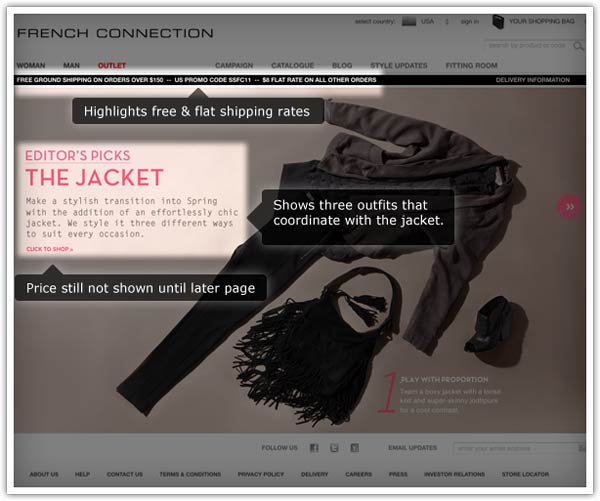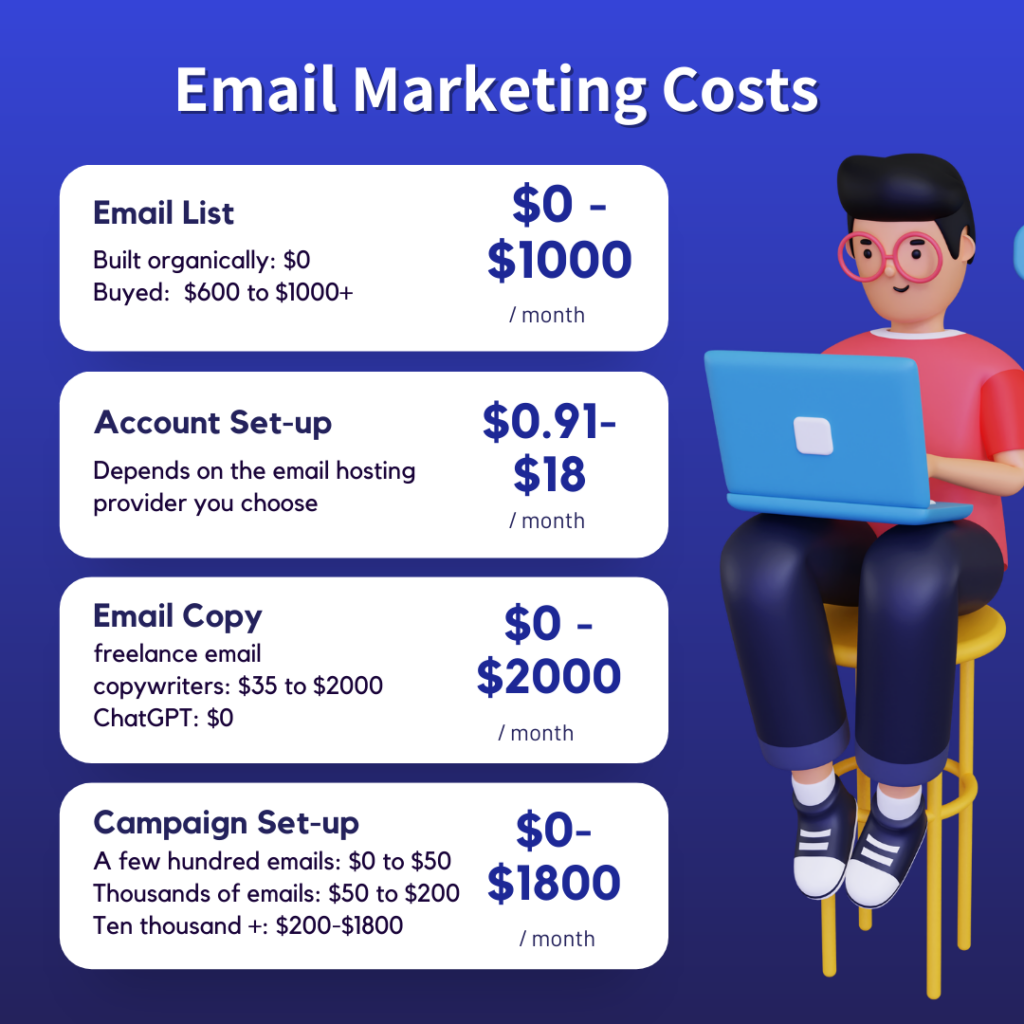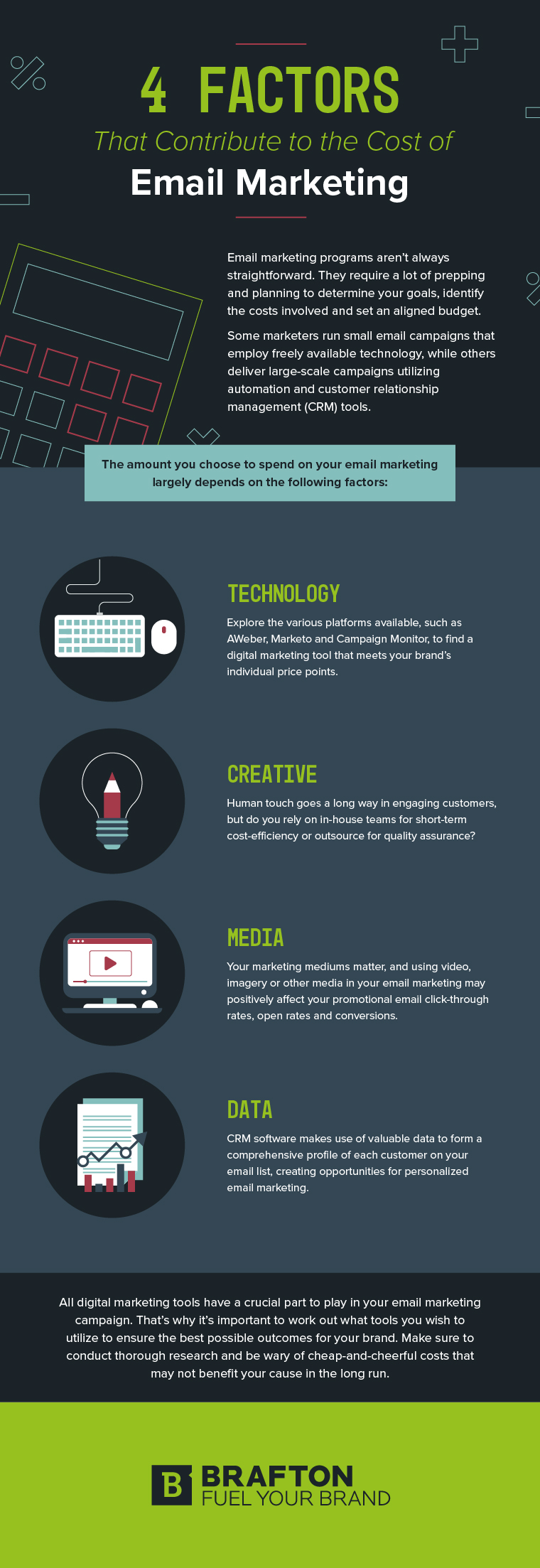Yes, you should consider putting prices in marketing emails. Prices can attract attention and help customers make quick decisions.
But, there are pros and cons. Marketing emails are a powerful tool. They can boost sales and build customer loyalty. Including prices in these emails can be a smart move. Prices can grab attention and drive action. But, it’s not always that simple.
Some customers may prefer a more personalized approach. Others might find price-focused emails too pushy. It’s important to weigh the benefits and drawbacks. This decision depends on your audience and goals. In this post, we’ll explore the advantages and disadvantages of putting prices in marketing emails. You’ll get insights to help you decide what works best for your business.

Credit: blog.aweber.com
Introduction To Pricing In Emails
Including prices in your marketing emails can be a double-edged sword. On one hand, it provides transparency to your audience. On the other hand, it can sometimes deter potential customers. Understanding the importance of pricing and common practices can help you decide the best approach for your email campaigns.
Importance Of Pricing
Pricing in emails can influence a customer’s decision. Here’s why:
- Transparency: Customers appreciate knowing the cost upfront.
- Trust: Showing prices builds trust. It shows you have nothing to hide.
- Action: Clear pricing can drive quicker decisions.
Transparency in pricing can create a sense of urgency. It can also make your offers more appealing. But it is essential to balance the information. Too much can overwhelm the reader. Too little can leave them guessing.
Common Practices
Different businesses have different approaches to including prices in their marketing emails. Here are some common practices:
| Practice | Details |
|---|---|
| Including Prices | Many businesses include prices to attract customers. It helps in making a quick decision. |
| Excluding Prices | Some businesses avoid listing prices. They prefer to lead customers to their website for detailed information. |
| Dynamic Pricing | Some use dynamic pricing based on customer segments. This can be effective but complex to manage. |
Each practice has its pros and cons. Including prices can be straightforward. But it might not work for all products. Excluding prices can drive traffic to your website. But it might also frustrate some customers. Dynamic pricing can be tailored. But it needs more effort and technology.

Credit: safemailer.app
Benefits Of Including Prices
Including prices in marketing emails can offer many benefits for businesses. It helps build trust and clarity with your audience. Customers appreciate knowing the cost upfront. This strategy can also speed up their decision-making process.
Transparency For Customers
Transparency builds trust. Customers want clear, honest information. Showing prices in emails meets this need. They don’t have to click through to find out the cost. This saves them time and effort.
Clear pricing also reduces uncertainty. Customers know what to expect. They can better assess if they can afford your product or service. This clarity makes them feel more confident about making a purchase.
Quick Decision Making
Prices help customers make faster decisions. They can quickly see if a product fits their budget. This can lead to quicker sales. Customers don’t have to spend time searching for pricing details.
Including prices also helps filter out uninterested buyers. Only those who can afford your product will engage further. This can increase your email’s effectiveness. It ensures you focus on potential buyers.
Drawbacks Of Including Prices
Including prices in marketing emails might deter potential customers. They may perceive the cost as too high or too low, impacting their decision. This can reduce engagement and click-through rates.
Including prices in marketing emails can seem like a good idea. It offers transparency and can attract attention. But there are notable drawbacks. Prices can create issues that may harm your marketing efforts.Potential For Price Wars
Prices in marketing emails can trigger price wars. Competitors may lower their prices to beat yours. This can lead to a race to the bottom. Everyone keeps lowering prices. Profit margins shrink. A table to illustrate potential impacts:| Impact | Description |
|---|---|
| Reduced Profits | Lower prices lead to lower profits. |
| Increased Competition | Competitors may react by lowering their prices. |
| Decreased Value Perception | Customers may think your product has less value. |
Customer Perception
Including prices can affect customer perception. Customers may focus only on price. They might ignore the value and benefits of your product. Consider these points:- Prices can make your product seem cheap.
- Prices can draw attention away from quality.
- Prices can lead to a focus on discounts.
Psychological Impact
In marketing emails, the decision to include prices can have a significant psychological impact on the reader. Understanding the psychological effects of displaying prices can help you make better marketing decisions.
Anchoring Effect
The anchoring effect is a cognitive bias that influences how people perceive prices. When you show a price, it becomes a reference point or “anchor” for the reader.
For example, if your email shows a product priced at $100, readers will use this figure as a baseline. Any future prices they see will be compared to this anchor. This can make discounts or special offers more appealing.
Consider these scenarios:
- Showing the regular price and a discounted price together
- Highlighting high-value features to justify the price
Using the anchoring effect strategically can increase perceived value and drive more sales.
Perceived Value
The perceived value of a product is how much a customer believes it is worth. Displaying prices in marketing emails can affect this perception.
Here are some factors that influence perceived value:
| Factor | Impact |
|---|---|
| Price | High price can signal high quality |
| Discounts | Discounts can create urgency and increase value |
| Comparisons | Comparing prices with competitors can highlight value |
By understanding these factors, you can craft emails that enhance perceived value and encourage purchases.
In summary, including prices in marketing emails leverages the anchoring effect and perceived value. These psychological impacts can boost your email marketing success.
A/b Testing Strategies
Implementing A/B testing strategies helps you understand the impact of including prices in marketing emails. This method involves creating two versions of an email: one with prices and one without. By comparing the performance of these versions, you can make informed decisions. Here are some key steps to follow for effective A/B testing.
Testing Price Inclusions
Start by creating two versions of your email. One version should include product prices, while the other should not. Send both versions to a small segment of your email list. Ensure the segments are similar in size and demographic. This way, you can get accurate results. Monitor the open and click-through rates for each version.
Track customer engagement. Note how many recipients click on links in the email. This data will help you understand if prices attract or deter clicks. Repeat the test with different segments of your audience. This helps ensure that your results are consistent.
Analyzing Results
After collecting data, compare the performance of both email versions. Look for patterns in open and click-through rates. Higher engagement in the price-included emails may suggest customers prefer seeing prices upfront. If the no-price emails perform better, consider keeping prices out.
Consider other metrics like conversion rates and revenue. Do recipients who see prices end up purchasing more often? Analyzing these metrics gives a fuller picture. It helps you decide if including prices benefits your marketing strategy.
Adjust your email marketing strategy based on your findings. Use the version that drives better engagement and sales. Continue to test periodically to stay updated on customer preferences. This approach ensures your emails remain effective and relevant.

Credit: www.brafton.co.uk
Case Studies
Including prices in marketing emails can boost transparency and save customers’ time. It helps potential buyers make quick decisions. This strategy may increase conversion rates and build trust.
Including prices in marketing emails can be a double-edged sword. Some businesses thrive with this strategy, while others face challenges. Let’s explore some real-world examples to understand the impact of this approach.Successful Implementations
A small online bookstore saw a 30% increase in conversions. They included prices in their marketing emails. The clear pricing information helped customers make quick decisions. This transparency built trust and led to higher sales. A software company also experienced success. They offered a limited-time discount in their emails. The clear pricing and sense of urgency boosted their sales by 40%. Customers appreciated the straightforward approach.Lessons Learned
Not every business had positive results. An e-commerce store selling luxury goods faced challenges. Including prices in emails led to lower engagement. Their audience preferred discovering prices on the website. They valued the browsing experience over immediate price information. Another company selling subscription services learned a valuable lesson. Their emails with prices saw higher unsubscribe rates. Customers felt overwhelmed by frequent price updates. They decided to include prices only in specific, targeted campaigns. By studying these cases, businesses can make informed choices. It’s essential to test and analyze. What works for one may not work for another. Adapt and refine your strategy based on your unique audience. “`Alternative Approaches
When deciding whether to include prices in marketing emails, consider alternative approaches. These methods can highlight your product’s value and encourage customer action without listing prices. Explore the following strategies to enhance your email marketing efforts.
Value Proposition Focus
Emphasize the unique benefits of your product. Explain how it solves a problem or meets a need. Highlight features that set it apart from competitors. Showcase testimonials or case studies that demonstrate its value. This approach helps customers see the worth of your product without needing to know the price upfront.
Call-to-action Emphasis
Encourage customers to take the next step with strong calls-to-action (CTAs). Use phrases like “Learn More” or “Get Your Free Sample”. These CTAs can lead customers to a landing page with detailed information and pricing. This method builds curiosity and drives engagement, leading to higher conversion rates.
Best Practices
Deciding whether to include prices in marketing emails can be tricky. There are several best practices to follow to make the right choice. These practices will help ensure your email campaign is effective and engaging.
Target Audience Consideration
Understanding your target audience is crucial. Different groups respond differently to pricing information. For example, budget-conscious customers may appreciate seeing prices upfront. They want to know if they can afford your products.
On the other hand, premium customers might focus more on value and benefits. They may not be as price-sensitive. Know your audience’s preferences. This will guide your decision on including prices.
Message Consistency
Your email message should match your overall branding. Consistency builds trust with your audience. If your brand emphasizes transparency, including prices may be the right move. Customers will appreciate the straightforwardness.
Conversely, if your brand focuses on luxury and exclusivity, omitting prices might be better. This approach can create a sense of intrigue. Always align your email content with your brand’s voice and style.
Frequently Asked Questions
Should You Include Prices In Marketing Emails?
Including prices can build trust and transparency. It helps customers make quick decisions.
Does Showing Prices In Emails Increase Sales?
Yes, showing prices can increase sales. It makes decision-making easier for customers.
Are There Risks In Displaying Prices In Emails?
Yes, competitors can see your prices. Price changes can also cause confusion.
Can Prices In Emails Improve Click-through Rates?
Yes, clear pricing can improve click-through rates. Customers know what to expect.
How Often Should You Update Prices In Emails?
Update prices regularly. Ensure accuracy to avoid customer dissatisfaction.
Conclusion
Deciding to include prices in marketing emails depends on your goals. Test different approaches. Measure the results. Know your audience’s preferences. Sometimes, showing prices increases transparency. Other times, it may reduce curiosity. Balance is key. Consider the context and content of your emails.
Experiment and learn. Track engagement and adjust your strategy. Clear and honest communication builds trust. Choose what works best for your brand. Always strive to improve your email marketing efforts.


Leave a Reply